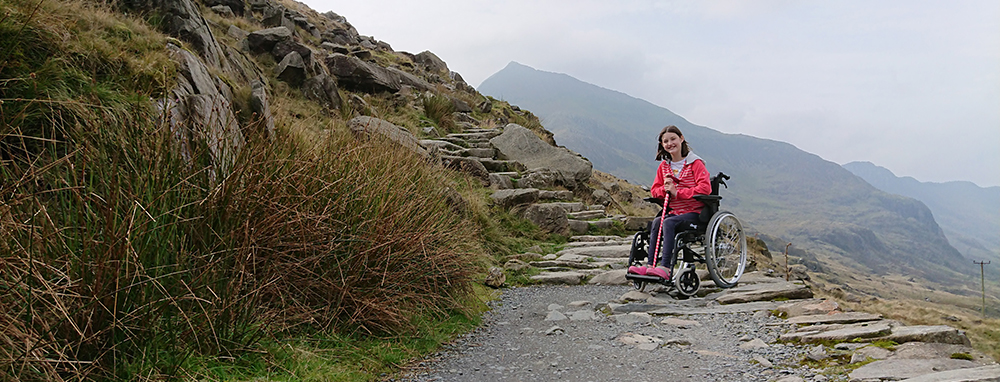So the 6 motors which will be used on the mountain wheelchair arrived this morning and I couldn’t help but open them up to take a look inside to make sure they were up to spec’.
Externally, the build quality looks great are the dimensions are perfect for the wheelchair. To get inside the motors you need a special tool usually, so I was really pleased when I undid the screws on the housing and it easily lifted away.
With the housing off, the first thing I noticed was that if I turn the axle, the motor spins much faster. 5 times faster to be precise. So that’s the first thing ticked; the motors will be able to spin at their optimal speed thus improving their efficiency, reducing the heat they generate, and all the while producing more torque.
Motor Windings
The second thing I noticed was that there are in fact 32 magnets with 16 pair poles, unlike many of the cheaper motors which have fewer magnets. This should result in a quieter motor with improved torque.
The motor also has a 20T winding (all of the copper wires which are wrapped around the “magnets”):

Mountain Wheelchair Custom Hub Motor Windings
These copper coils are what create an electromagnetic field when electricity is passed through them. As the “magnets” turn on and off in the right sequence, it turns the motor. Typically, the hub motors on ebikes have 6 to 10 windings (the amount of times the copper is wrapped around to create a magnet). A bike with 6 windings will travel at a higher speed; because there is less copper for the electricity to pass through it gets where it needs to be quicker. A 10 turn winding motor will therefore go slower because it takes more time for the electricity to pass through the coils. What this Chinese company have done for me is 20 turns which means that although the electricity will take twice as long (in simple terms) to pass through the coils, the resultant electromagnetic force will be twice as strong, thus resulting in a motor which has far more torque and travels at a speed which is more appropriate to a mountain going wheelchair.
Planetary Gears
Although I was happy with what I’d seen so far, I must admit I was a little disappointed with what I found when I extracted the motor from the housing; plastic Gears!

Mountain Wheelchair Custom Hub Motor Nylon Gears
Presumably the gears are made from ABS or Nylon and should last some time, but I can see myself having to service them in the future. At least I’ve got a 3D printer though so might be able to make the gears myself. I would have preferred steel(?) gears but I imagine these plastic ones will at least be quieter and cheaper to replace.
Freewheel Mechanism
Finally the other thing I wanted to have a look at was the freewheel mechanism. Bicycles are intended to roll down hill without the rider having to pedal constantly. For this to happen geared e-bike hub motors have an internal freewheel mechanism. For the mountain wheelchair, this presents a problem because when put into reverse, the motors would just spin freely without turning the wheels.
I’ve read about some people overcoming this problem by welding the freewheel mechanism, but the company that made these motors for me came up with a far more elegant solution. I believe it’s called a Woodruff Key?

Mountain Wheelchair Custom Hub Motor Wood Ruff Key
Verdict
So all in all, I’m a little sceptical about the plastic gears, but other than that I’m really happy with these motors; they’re lighter than direct drive hub motors, consume less power, they have internal temperature sensors but are less likely to overheat anyway, they’re well engineered, and importantly they should provide more than enough torque to get this wheelchair into the mountains.
In Other News
Now that I have both the hub motors and the wheel rims, I need to get the two things attached to each other. I’m not sure what, but something in the back of my mind tells me that it’s quite difficult to balance a rim on a hub. Add to that the fact that I don’t know what size spokes I need, I figured it was time to get some external help.
The first thing I did was ring West End Cycles in Colwyn Bay. The quote they provided over the phone, for all six wheels, was nearly £1,000! Just for putting some spokes on! Perhaps I’m just not appreciating how difficult it is?
I then rang Halfords in Colwyn Bay. They wanted £25 in labour per wheel, and although the guy on the phone was struggling to find the best price for spokes, he was able to find some which would cost about £35 per wheel. This puts the total quote from Halfords at £360.
Finally, I’ve got one more person to try who I discovered lives just around the corner from me. When I’m not so full of cold I’ll ask for him to have a look and take it from there.
 ';
';








